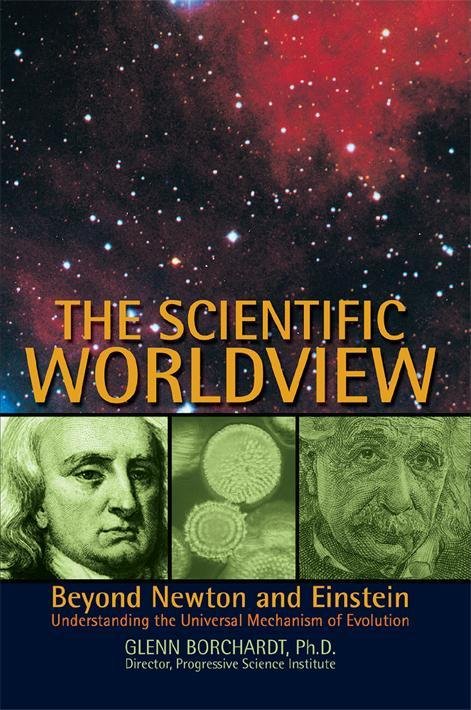Blog
20151125 Quasi-Periodic Fractal Patterns in Geomagnetic Reversals, Geological
Activity, and Astronomical Events
Another
of our technical papers, giving more details about universal cyclic behavior, just went online:
Puetz,
Stephen J., and Borchardt, Glenn, 2015, Quasi-Periodic Fractal Patterns in
Geomagnetic Reversals, Geological Activity, and Astronomical Events: Chaos,
Solitons & Fractals, v. 81, no. Part A, p. 246–270 [http://dx.doi.org/10.1016/j.chaos.2015.09.029].
Here
are the highlights:
• Quasi-periodic cycles occur in tripling patterns
of 30.44, 91.33, 274, 822, and 2466 myr.
• Similar astro- and geo-phases suggest that the
cycles develop from a common source.
And here is the Abstract:
The cause of geomagnetic reversals remains a
geological mystery. With the availability of improved paleomagnetic databases
in the past three years, a reexamination of possible periodicity in the
geomagnetic reversal rate seems warranted. Previous reports of cyclicity in the
reversal rate, along with the recent discovery of harmonic cycles in a variety
of natural events, sparked our interest in reevaluating possible patterns in
the reversal rate. Here, we focus on geomagnetic periodicity, but also analyze
paleointensity, zircon formation, star formation, quasar formation, supernova,
and gamma ray burst records to determine if patterns that occur in other types
of data have similar periodicity. If so, then the degree of synchronization
will indicate likely causal relationships with geomagnetic reversals. To
achieve that goal, newly available time-series records from these disciplines
were tested for cyclicity by using spectral analysis and time-lagged
cross-correlation techniques. The results showed evidence of period-tripled cycles
of 30.44, 91.33, 274, 822, and 2466 million years, corresponding to the
periodicity from a new Universal Cycle model. Based on the results, a fractal
model of the universe is hypothesized in which sub-electron fractal matter acts
as a dynamic medium for large-scale waves that cause the cycles in astronomical
and geological processes. According to this hypothesis, the medium of
sub-electron fractal matter periodically compresses and decompresses according
to the standard laws for mechanical waves. Consequently, the compressions
contribute to high-pressure environments and vice versa for the decompressions,
which are hypothesized to cause the instabilities that lead to episodic
astronomical and geological events.
This article is an Open Access download at: http://www.sciencedirect.com/science/article/pii/S0960077915003082.
This article is an Open Access download at: http://www.sciencedirect.com/science/article/pii/S0960077915003082.
Readers
may wish to dwell on this comment in the abstract: “medium of sub-electron
fractal matter periodically compresses and decompresses according to the
standard laws for mechanical waves.” Who says that mainstream reviewers are all
regressive?










No comments:
Post a Comment